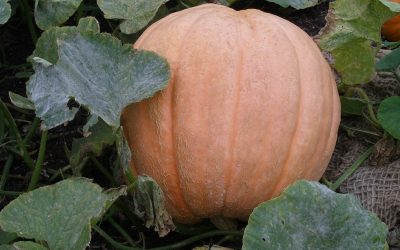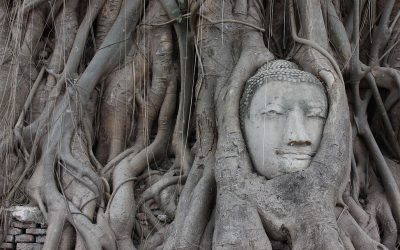Plants not only nourish the body but also the soul. Even a simple walk in an ancient forest can touch us deep down inside, awakening feelings of awe and wonder. There is magic in the woods: it is another world, obviously hidden among the leaves and branches of the soft, mossy groves.
Plants have been at the center of stories that connect our humble human world to the lofty realms of the Gods since ‘once upon a time’. Sacred trees, forbidden fruit, magic potions – the world of fairy tales and mythology is full of powerful plants that hold the key to the gateway of this hidden world.
But it is not just the witches and wizards of fairy tales that make use of the magical powers of plants. ‘Real Life’ healers and shamans from around the world are no strangers to them. They consider them allies and sacraments, for they help them to travel between the worlds. With their help, they can uncover the secret causes of illness as well as the cures, or communicate with the spirit world and retrieve lost souls.
The culturally embedded use of entheogens, as psychotropic plants are sometimes referred to, should not be mistaken for anything akin to the recreational drug use. This would be just as wrong as to consider the sacramental sharing of the blood of Christ during High Mass as something akin to a drinking habit. It is not the dosage that makes the difference, but the state of mind.
Sacred plants gatekeepers to a different level of perception. In some corners of the modern therapy scene, they are gradually being recognized as valuable aids in the therapeutic setting, especially within the context of treating serious conditions, from drug addiction and alcohol abuse to depression, schizophrenia, and post-traumatic stress disorders.
This section explores these sacred plants, their histories, and uses in the historical and modern context.
Pumpkins (Curcubita sp)
Since it is nearly Halloween I thought I’d write a post about pumpkins – predictable I know, but nonetheless a fascinating topic.
The Old Tree and the Carpenter
A parable about the ‘usefulness’ of other species’, vs. the innate value of all species for their own sake, and the preciousness of life.



